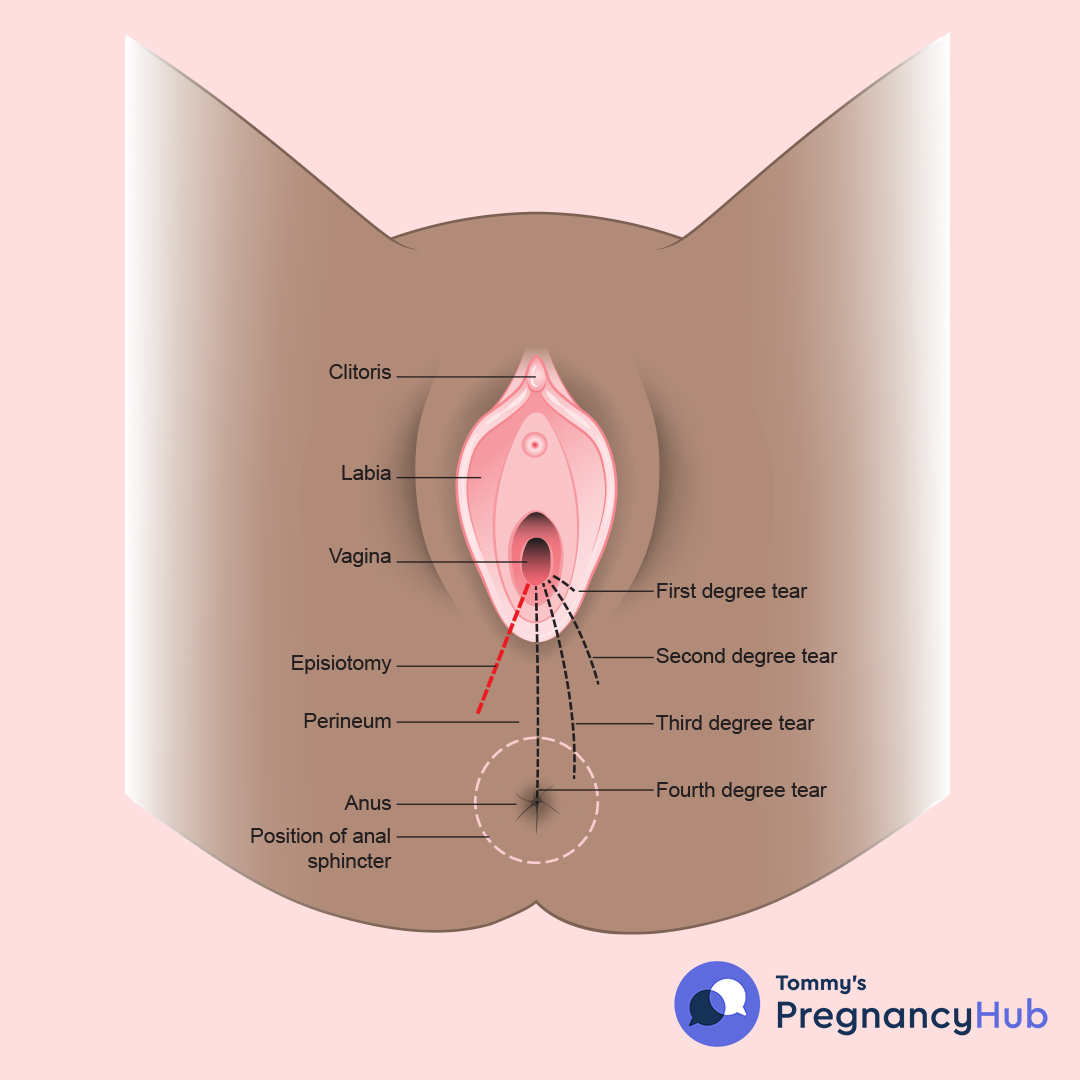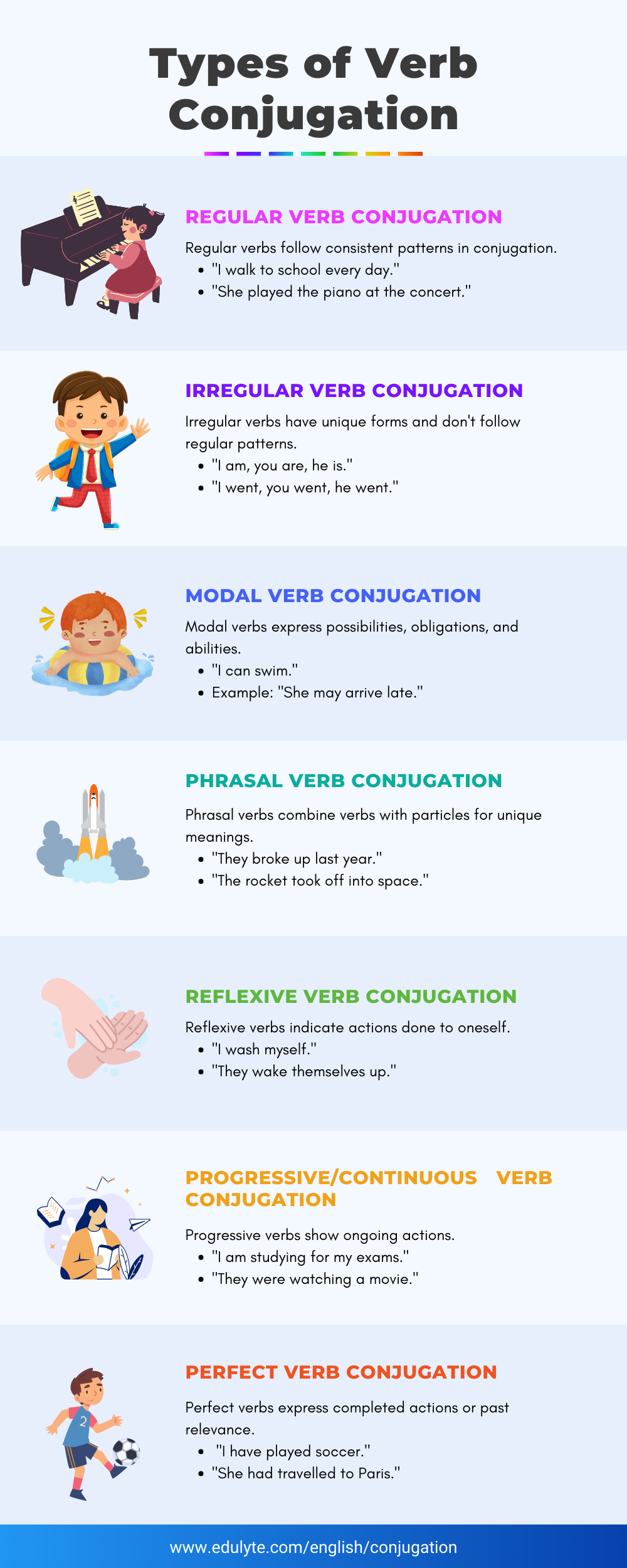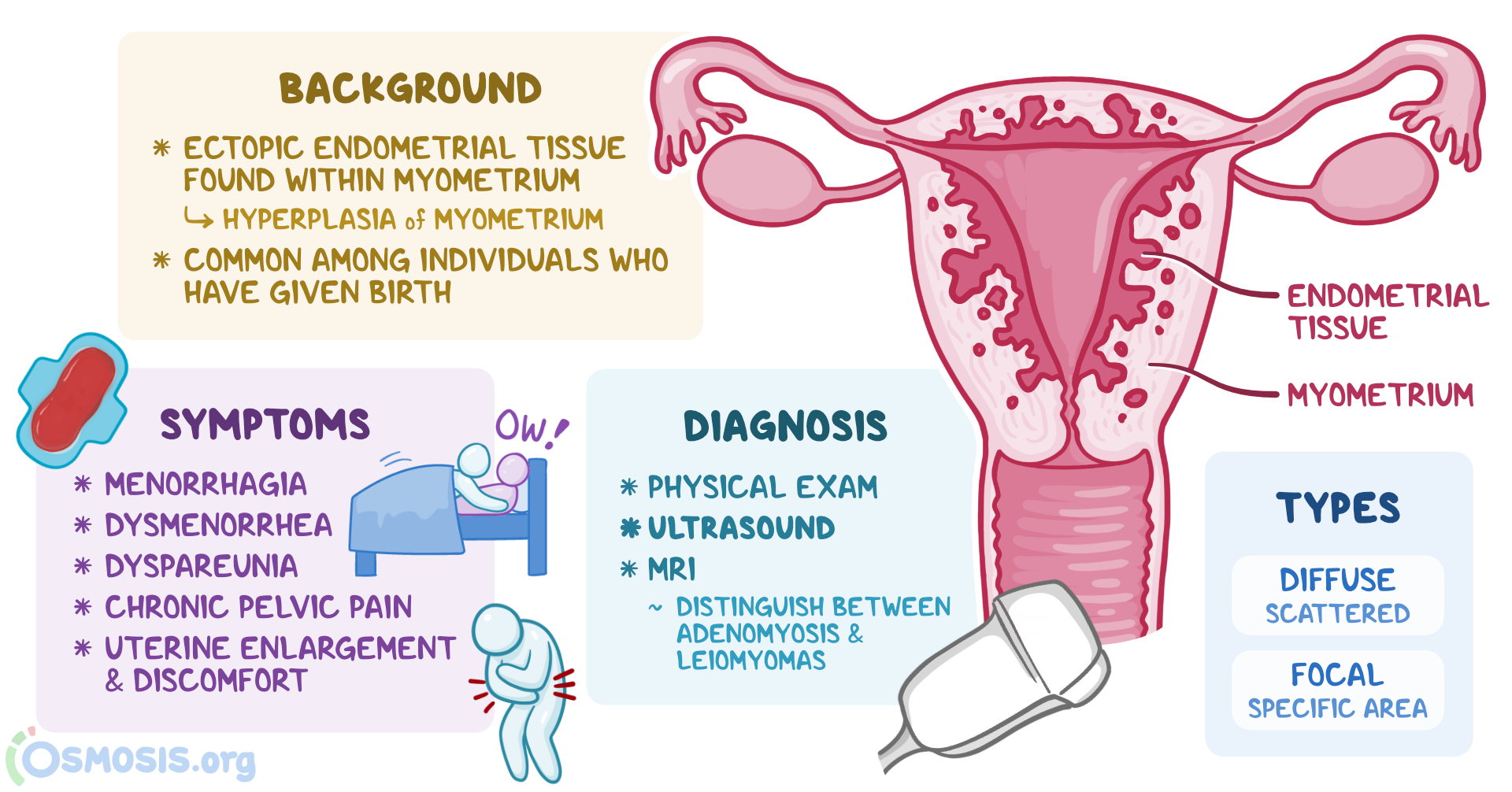– The term “asphyxia livida” refers to a form of asphyxia neonatorum. In this condition, the skin appears cyanotic, indicating a lack of oxygen, but the heart functions normally and reflexes are intact.
– Birth asphyxia is a condition where a baby does not receive enough oxygen before, during, or directly after birth.
– It can cause serious complications and even be life-threatening.
– Birth asphyxia is also known as perinatal asphyxia and neonatal asphyxia.
– It can occur just before, during, or after birth.
– Insufficient oxygen supply can cause low levels of oxygen or excess acid in the baby’s blood.
– In mild or moderate cases, babies may fully recover, but in severe cases, it can cause permanent brain and organ damage or be fatal.
– Birth asphyxia rates are lower in developed countries at 2 in 1,000 births.
– In developing countries with limited access to neonatal care, the rate increases up to 10 times.
– Various factors can cause birth asphyxia, including umbilical cord prolapse, compression of the umbilical cord, meconium aspiration syndrome, premature birth, amniotic fluid embolism, uterine rupture, placental separation, infection during labor, prolonged or difficult labor, high or low blood pressure during pregnancy, and anemia in the baby.
– Risk factors for birth asphyxia include the pregnant person’s age between 20 and 25, multiple births, lack of prenatal care, low birth weight, abnormal fetal position, preeclampsia or eclampsia, and a history of birth asphyxia.
– Signs and symptoms of birth asphyxia can occur before, during, or after birth.
– Signs in the baby at birth may include unusual skin tone, silence, low heart rate, weak muscle tone and reflexes, lack of breathing, amniotic fluid stained with meconium, seizures, poor circulation, limpness or lethargy, low blood pressure, lack of urination, and abnormal blood clotting.
– A low Apgar score (between 0 and 3) that lasts for more than 5 minutes can indicate birth asphyxia.
– Immediate treatment can reduce the risk of long-term complications.
– Short-term effects can include acidosis, respiratory distress, high blood pressure, blood clotting problems, and kidney problems.
– Long-term effects of mild-to-moderate asphyxia can include cognitive and behavioral changes, hyperactivity, autism spectrum disorder, attention deficits, low intelligence quotient score, schizophrenia, and psychotic disorders.
– Severe asphyxia can cause intellectual disability, cerebral palsy, epilepsy, sight or hearing impairment.
– Treatment depends on the severity and cause of the asphyxia and may include providing extra oxygen, emergency or cesarean delivery, suctioning fluid from airways, putting the newborn on a respirator, placing the baby in a hyperbaric oxygen tank, and induced hypothermia.
– The article discusses the various treatments and prevention methods for asphyxia livida, a condition that can cause brain damage.
– Treatment options include medication to regulate blood pressure, dialysis to support the kidneys, medication to control seizures, IV nutrition, and the use of a breathing tube with nitric oxide.
– Life support with a heart and lung pump may also be necessary.
– Preventing asphyxia can be challenging, but proper care and monitoring before and after birth are crucial.
– Steps to prevent asphyxia include effective resuscitation, controlling body temperature, having the correct equipment available, ensuring trained healthcare providers are present for every birth, and pre-treatment with certain medications.
– Additionally, treatments like body cooling may be used to prevent complications from asphyxia.
Continue Reading






